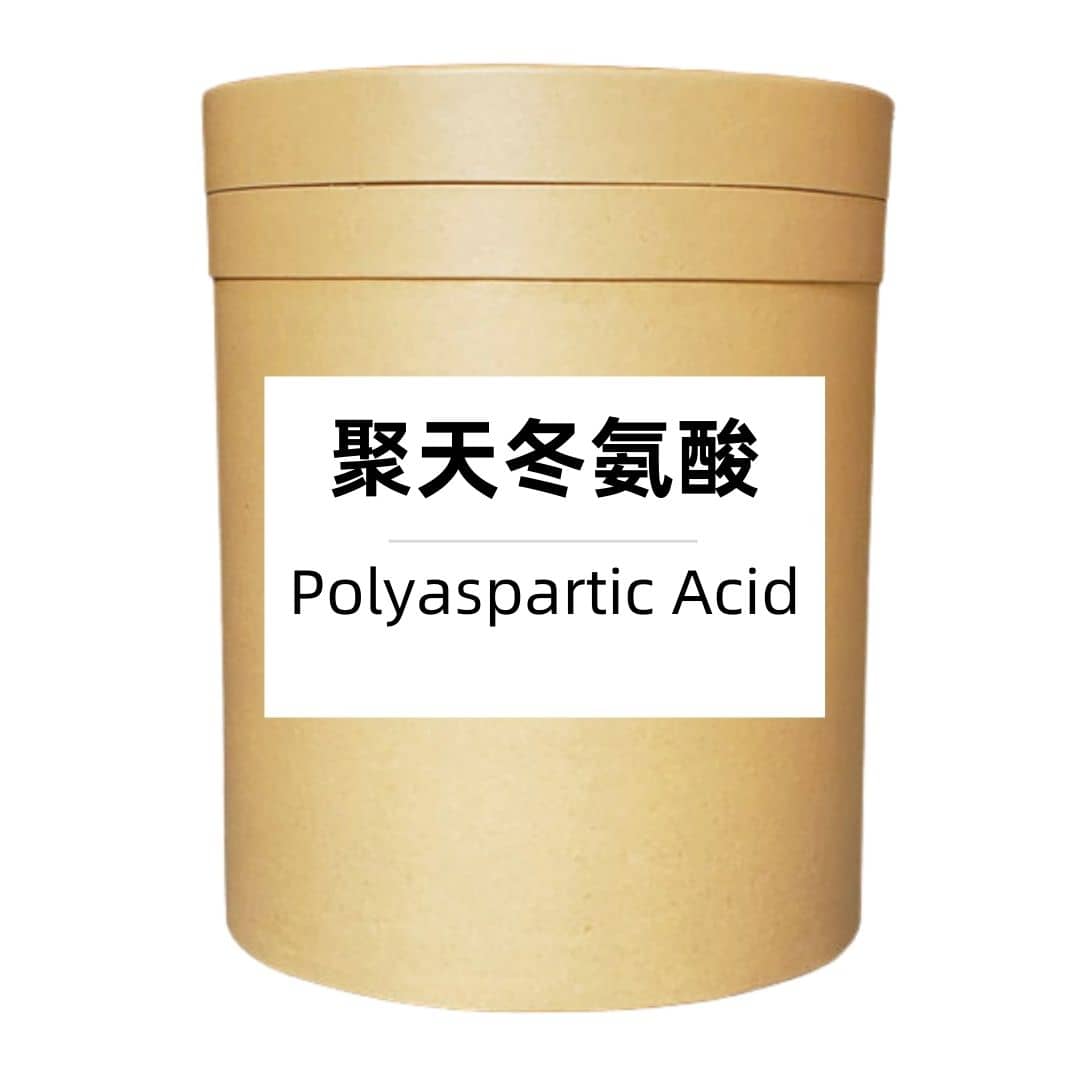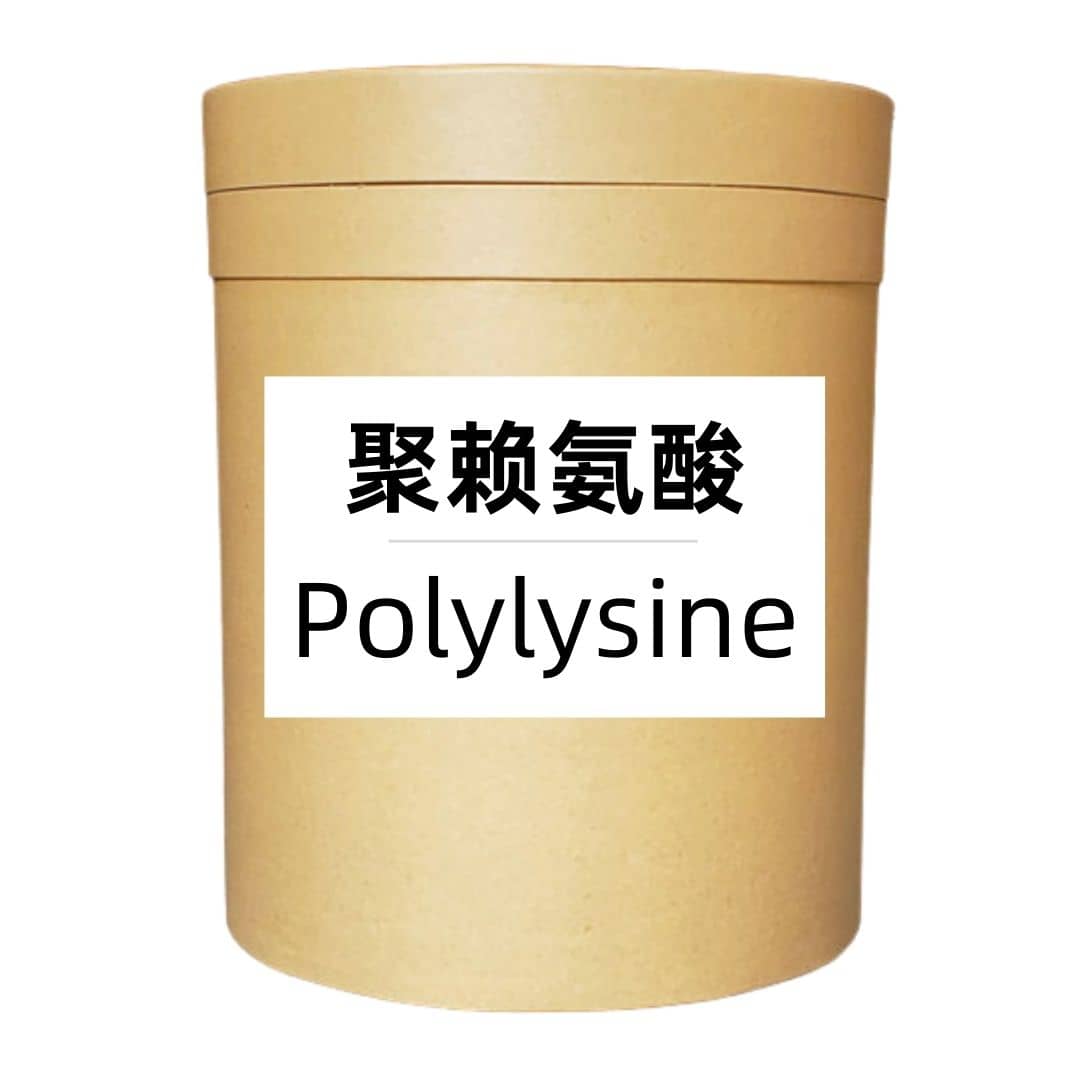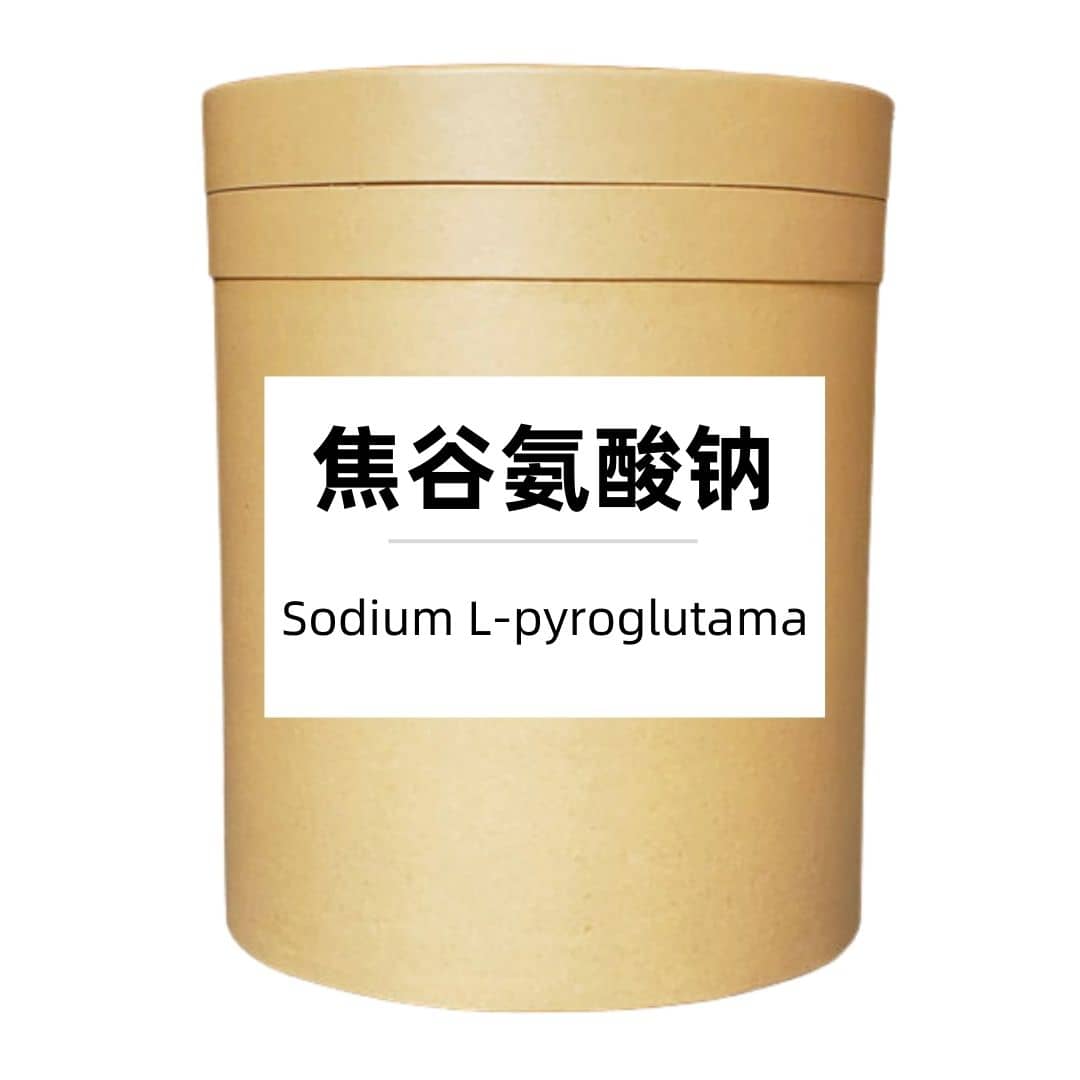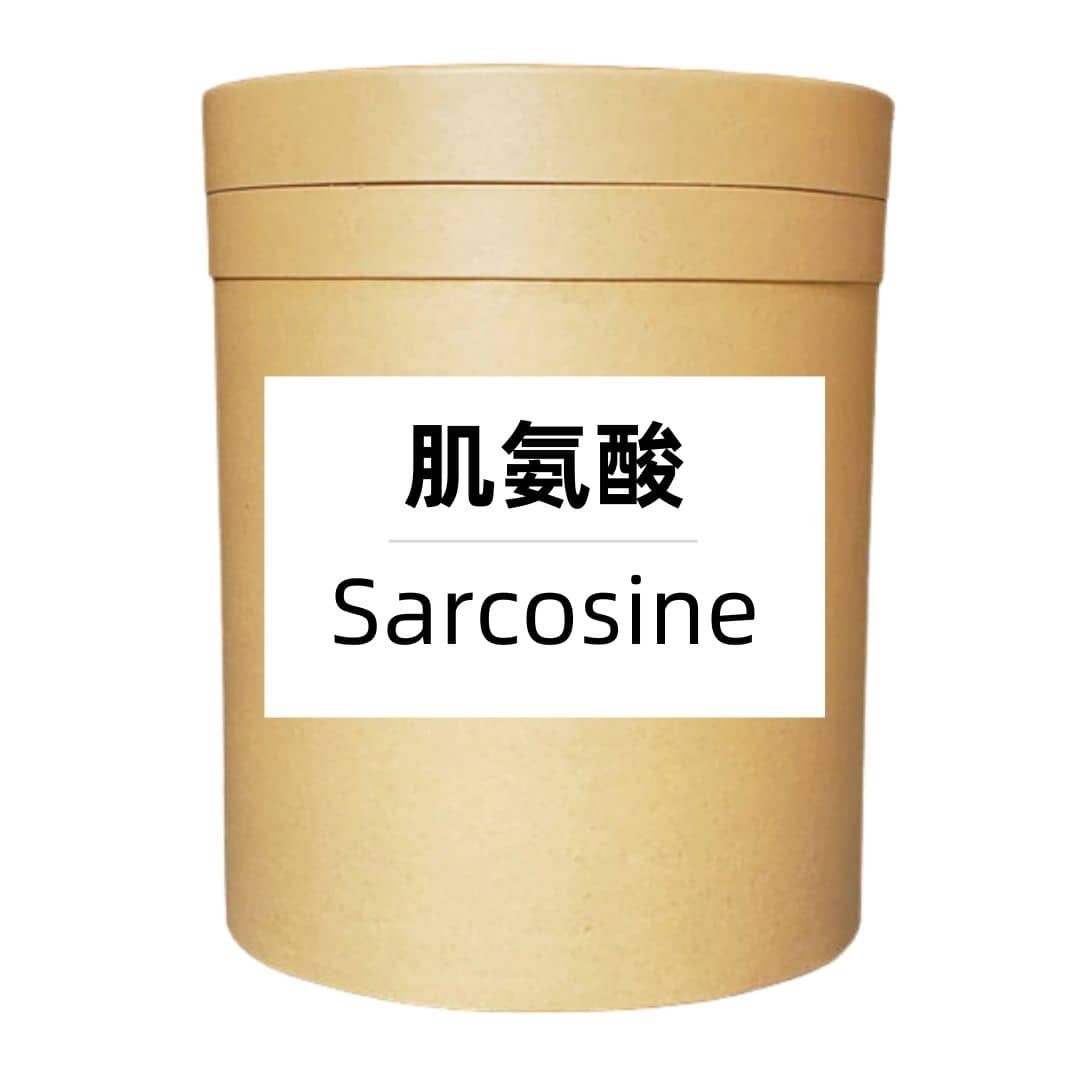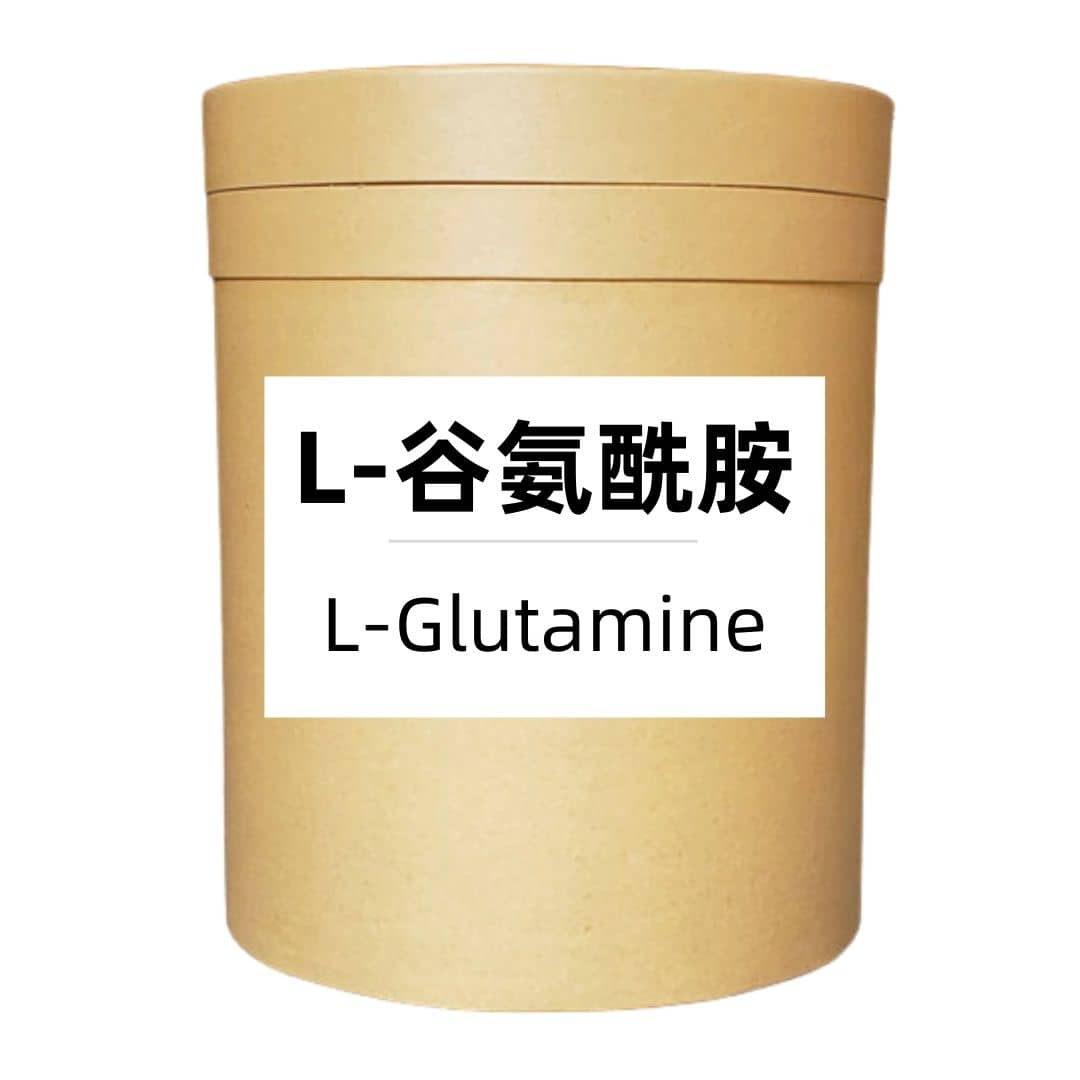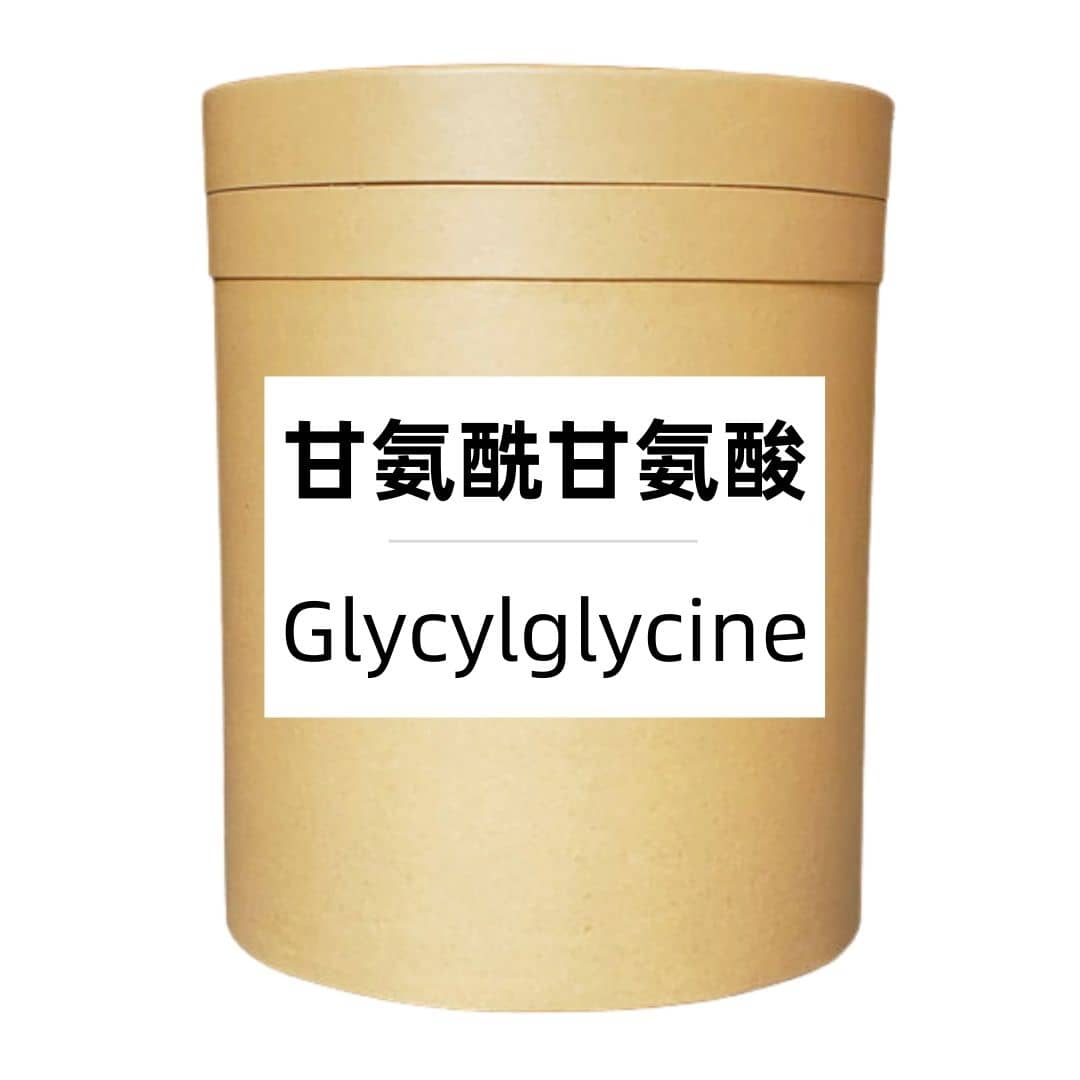Product Description
Glycine is an amino acid widely found in living organisms and is an essential nutrient for the growth, repair, and maintenance of human tissues and cells. It is highly concentrated in body tissues and plays a significant role in metabolic functions and maintaining the structural integrity of tissues.
Glycine is prevalent in various foods, especially those rich in protein, such as meat, fish, dairy products, and legumes. Within the body, it participates in protein synthesis and energy production, offering multiple health benefits.
Primary Functions of Glycine:
- Protein Synthesis: Glycine is a critical component of proteins, aiding in their synthesis and construction, and supporting normal muscle function.
- Non-Protein Synthesis: Glycine also contributes to synthesizing non-protein compounds, such as oxalates and bile acids.
- Energy Production: Glycine can be converted into glucose within cells, supplying the energy needed by cells.
Production Process
Glycine production involves three main steps: biological fermentation, chemical synthesis, and separation and purification.
- Biological Fermentation: In this process, microorganisms use sugars as an energy source and convert carbon sources into glycine via their internal enzymes.
- Chemical Synthesis: Glycine is synthesized through ammoniation. Under the influence of a catalyst, formaldehyde reacts with ammonia to produce glycine.
- Separation and Purification: The glycine produced through fermentation undergoes separation and purification to yield pure glycine. This involves filtration, separation, crystallization, and drying steps to achieve high-purity glycine.
Strict quality control is maintained throughout production to ensure glycine’s purity and quality.
Benefits and Functions of Glycine
As an amino acid, glycine has various physiological functions and health benefits.
- Protein Synthesis: Glycine, as a key protein component, supports muscle formation and maintenance.
- Energy Production: Glycine can be converted into glucose within cells, aiding in the body’s energy production.
- Involvement in Important Biosynthesis: Glycine participates in synthesizing non-protein substances in the body, such as oxalates, bile acids, and nucleotides.
Applications
Glycine has broad applications across various industries.
- Food Industry: Glycine is commonly used as a food flavor enhancer, improving taste and flavor.
- Pharmaceutical Field: Glycine is widely used in pharmaceuticals. For example, bismuth glycine tannate is a medication commonly used to treat digestive system disorders.
- Other Industries: Additionally, glycine finds applications in the chemical, agricultural, and cosmetics industries.
Packaging and Storage
- Storage Conditions: This product should be stored sealed and protected from light, in a cool, dry, well-ventilated place, away from high temperatures.
- Packaging: Bulk packaging is available in 25 kg fiber drums, with samples in 1 kg aluminum foil bags; custom packaging is also available upon request.
- Shipping Method: Shipped via courier or freight; domestic courier delivery within three days, freight delivery within five days. Quoted prices generally include domestic shipping costs.
- Shelf Life: Two years
Monica Sun possesses extensive technical expertise and market insights in the food additives industry. She excels in designing efficient and safe additive formulations tailored to various food applications, ranging from sweeteners to functional dietary fibers. Monica has successfully assisted food manufacturers in optimizing ingredient combinations to enhance product quality and improve consumer satisfaction.









